Planting Technology Lists
-
Control methods of Brown spot of Peony
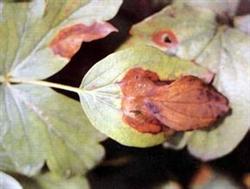
Peony brown spot is a common disease in the later growth stage of peony. Symptoms: pale spots of different sizes appear on the leaf surface, usually round spots with a diameter of 3Mel and 7mm. There are 1-2 spots in a leaf, and up to 30 spots in a leaf. The middle of the spot gradually turns brown, and the front is scattered with very small black.
2018-09-09 -
Cultivation techniques of spider plant
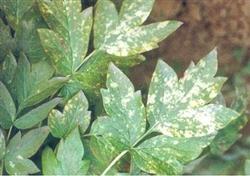
Peony as the "national flower" of our country, because of its unique cultural heritage and ornamental, in recent years, rapid development at home and abroad, with the continuous expansion of peony planting area, peony cultivation management and pest control situation has become increasingly grim. This article introduces the cultivation and management methods of peony, and common diseases of peony...
2018-09-09 -
How to propagate Osmanthus fragrans by Cuttage
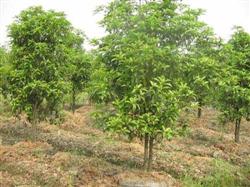
The nursery should choose sandy loam or light loam with good drainage. The soil is too sticky and should be properly mixed with sand to adjust the soil texture. In order to prevent the occurrence of blight and root rot, pesticides should be sprayed to disinfect the soil when making the bed. The bed should be high and the drainage must be unobstructed. Practice has proved that stagnant water after rain is the easiest to make.
2018-09-09 -
Cuttage propagation method of osmanthus fragrans
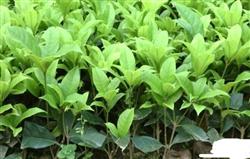
Cuttings should choose the right time. Osmanthus spring shoots, stop development at the end of April, to the end of June has become semi-old not tender strong branches. This kind of strong branch vitality is the strongest, uses the cuttage to be quite easy to survive. The optimum temperature for osmanthus fragrans growth is 25℃-28℃ and it grows slowly when it exceeds 30℃. Therefore, the lower reaches of the Yangtze River in the second half of June...
2018-09-09 -
Comprehensive Management of Orchid Diseases and insect pests in China

For orchids, the harm of rot is very serious and spreads rapidly. There are two kinds of orchid rot: soft rot and black rot. In the early stage of soft rot, tiny brown water stains appear on the leaves, and then expand into black moist patches. At this time, the disease spots are easy to rupture and smell.
2018-09-09 -
Technology of interplanting Pleurotus ostreatus with Cotton
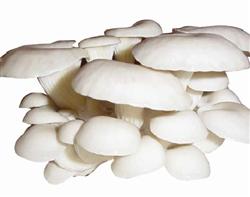
Pleurotus ostreatus can be cultivated all the year round, but the benefit of Pleurotus ostreatus cultivated in high temperature season is high. Reasons: first, the high temperature in summer, the difficulty of planting technology, diseases and insect pests are easy to occur, which often lead to cultivation failure. Second, the total cultivation area of Pleurotus ostreatus decreased in summer, and the total output was small, resulting in a shortage of fresh Pleurotus ostreatus in the market and a rise in prices. Root.
2018-09-09 -
Measures to promote mycelium growth of Pleurotus ostreatus in spring
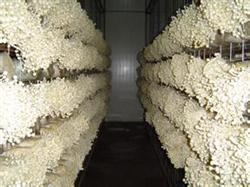
Flammulina velutipes has crisp and tender meat, delicious taste, good taste, rich nutrition and good medical and health care. Flammulina velutipes is generally planted in autumn and winter, but less in summer. The Agriculture Bureau of Central District of Zaozhuang City used cold storage to control temperature to cultivate Flammulina velutipes in summer, and achieved success.
2018-09-09 -
Pollution-free high-quality cultivation of Flammulina velutipes
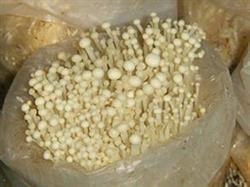
Flammulina velutipes, also known as Flammulina velutipes, Flammulina velutipes, gets its name because its fruiting body shape is mainly generated and golden in winter. The cultivation of Flammulina velutipes has a long history and there are many methods. The new practical bagging technology with high economic benefit and simple method is introduced as follows. First, culture material configuration 1, sawdust (.
2018-09-09 -
How to cultivate fragrant wood? Culture methods and matters needing attention of fragrant wood

The fragrant wood is a plant of the genus Coptis in the lacquer family. It is resistant to drought and barren, developed roots and strong resistance. It is a pioneer tree species for afforestation in the dry-hot valley, and it is also the main fuel wood in this area. The fragrant wood has a beautiful shape and a fragrant smell. It has a variety of edible and medicinal functions, and has a broad development prospect.
2018-09-09 -
How does fragrant wood reproduce? Introduction to the Propagation method of Fragrance Wood

Fragrant wood is a positive tree, but it is also slightly shade-tolerant and likes warmth, which requires deep soil layer, strong germination, slow growth and long life, but the cold resistance of seedlings is not strong, so it needs to be protected in North China. The plant can withstand the low temperature of-10 ℃, like the soil with sufficient light and not easy to accumulate water.
2018-09-09
